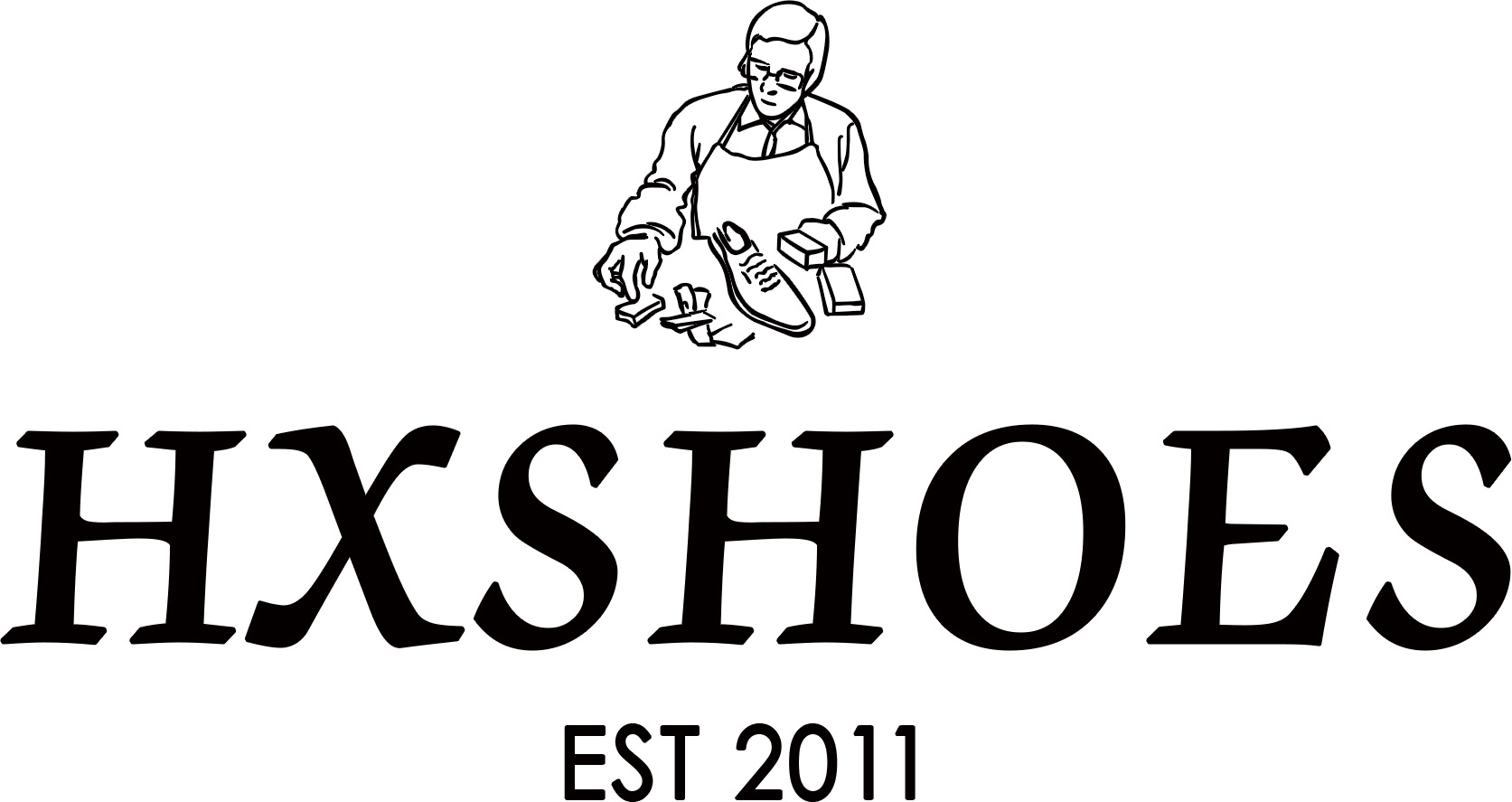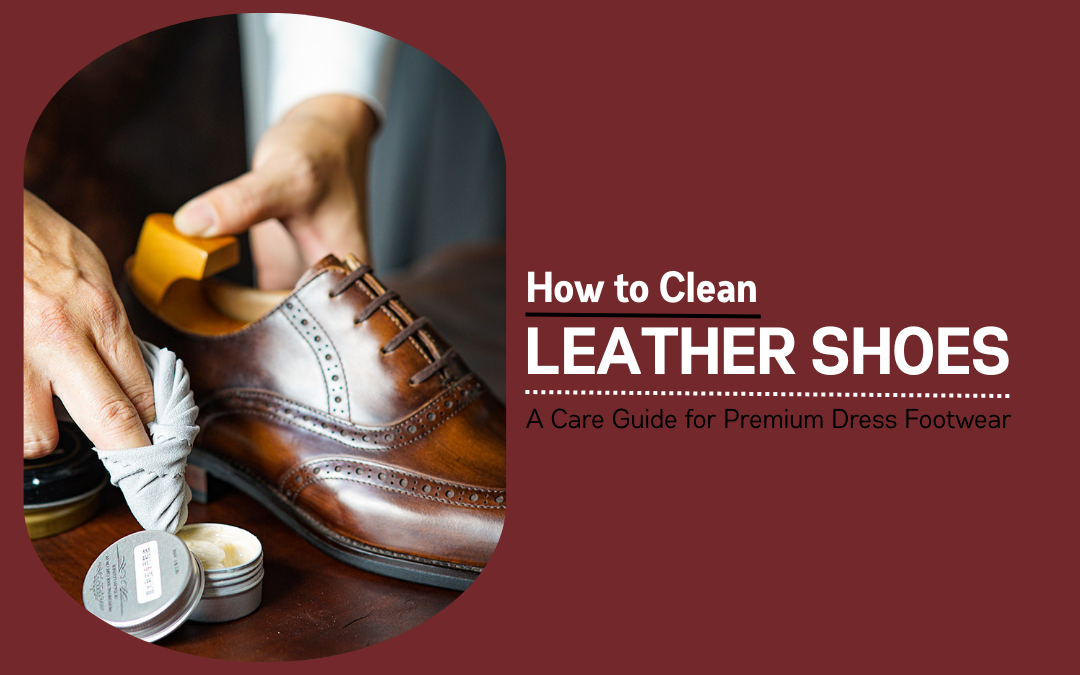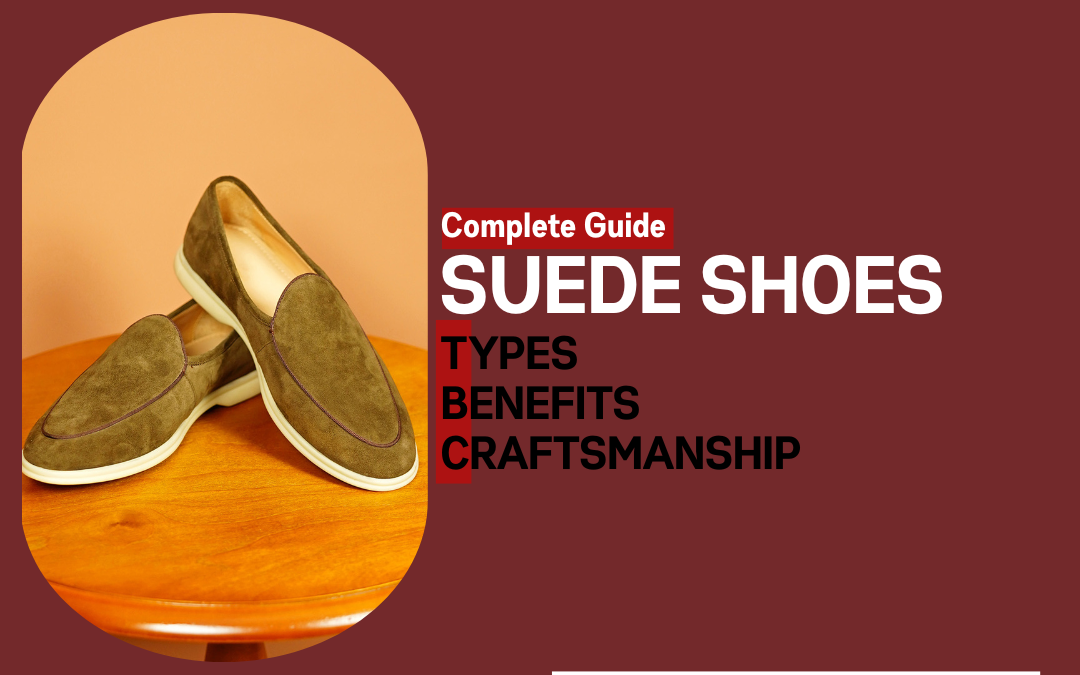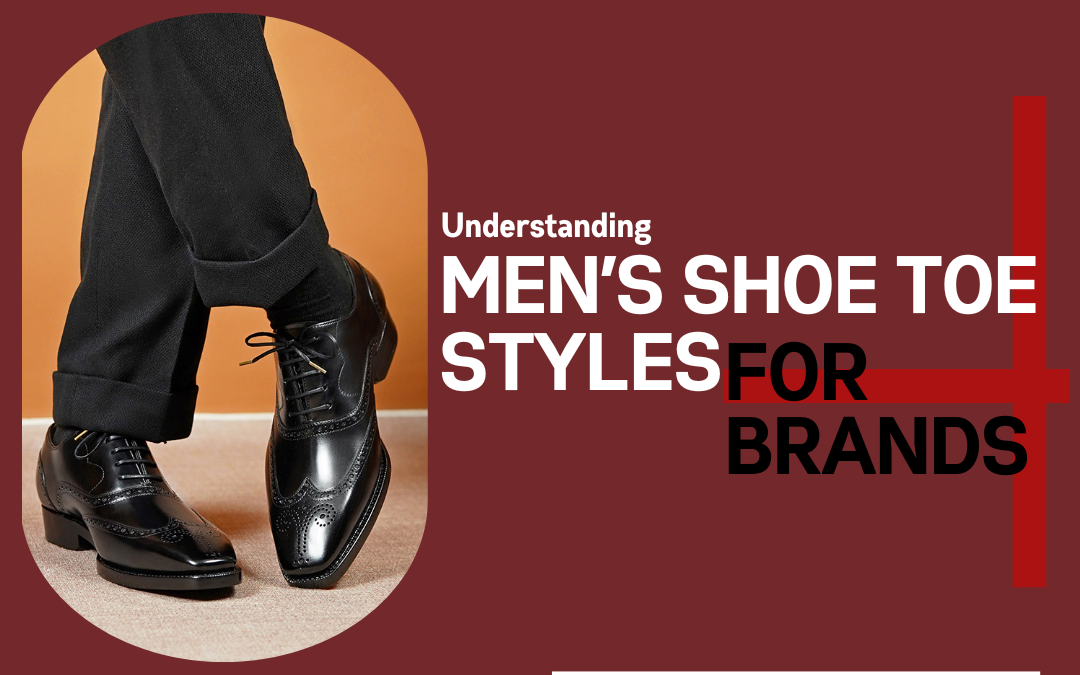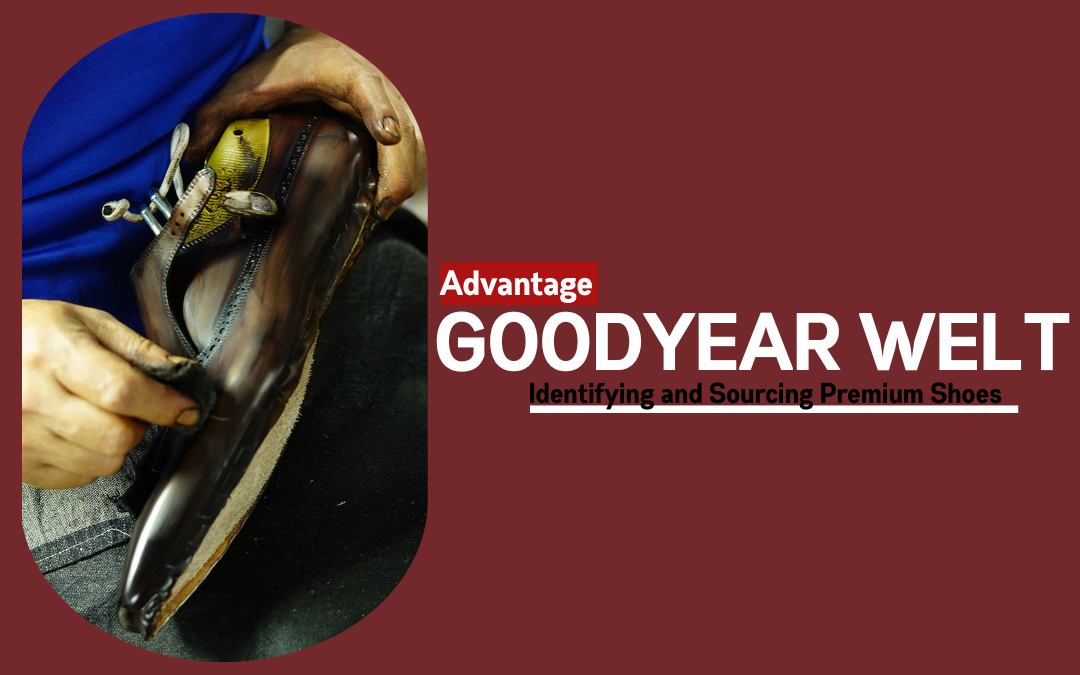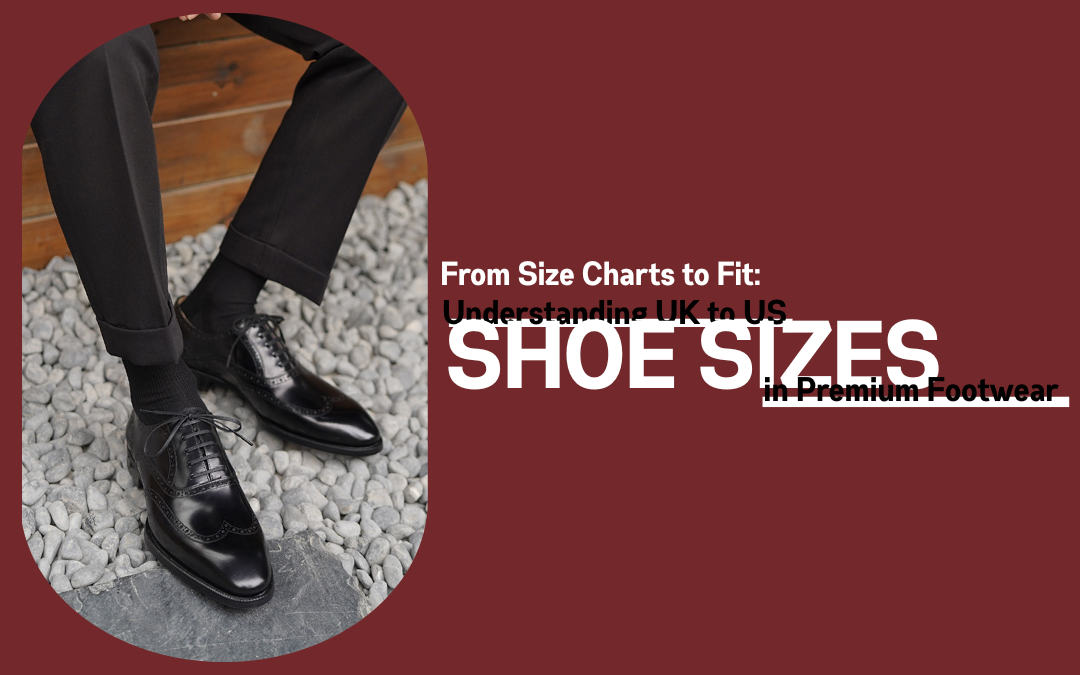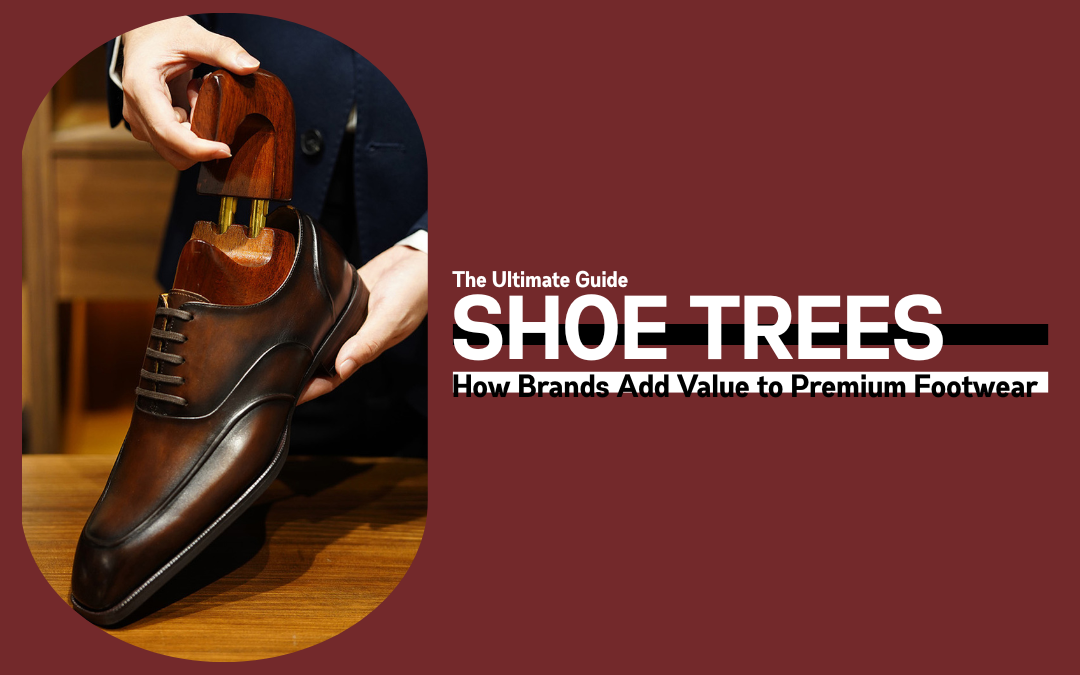We know leather footwear isn’t just something you throw on — it’s an investment. In this guide we’ll explain how to clean leather shoes or boots: a care guide for premium dress footwear, step by step, in plain language you can follow at home or before sending a pair to the cobbler. Our recommendations come from long experience with Goodyear-welted, hand-finished shoes (including our Hengxin handmade lines) and current best practices from leading leather-care experts.
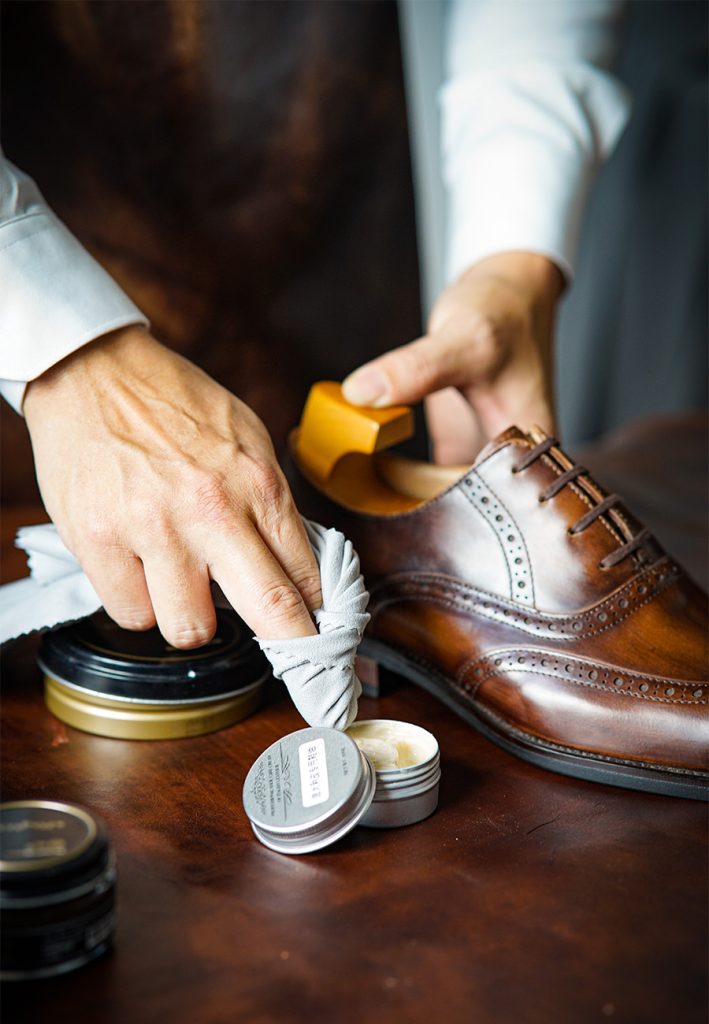
Why Leather Shoes Care Still Matters
Leather ages like people: with the right care it gets better; neglected, it looks older than it is. Even premium constructions such as Goodyear-welted shoes, which are resoleable and durable by design, rely on a steady care routine to perform well and last decades. Goodyear welted construction adds a welt strip and stitching that makes resoling straightforward — but it doesn’t protect the leather upper from salt, dirt, or dryness.
Quick table — Why care matters
| Problem | What happens if ignored | Why care helps |
| Dirt & salt | Stains, brittle leather, discoloration | Cleaning removes salts and grime before they eat fibers |
| Drying | Cracks and deep creases | Conditioning restores oils and flexibility |
| Ignored resoling | Permanent sole damage | Regular inspection lets you resole in time |
We recommend committing a small amount of time each week to basic upkeep. Have you ever bought an expensive pair only to see it fall apart after one bad winter? We’ve been there too. A little attention goes a long way.
Understanding Leather Before You Clean
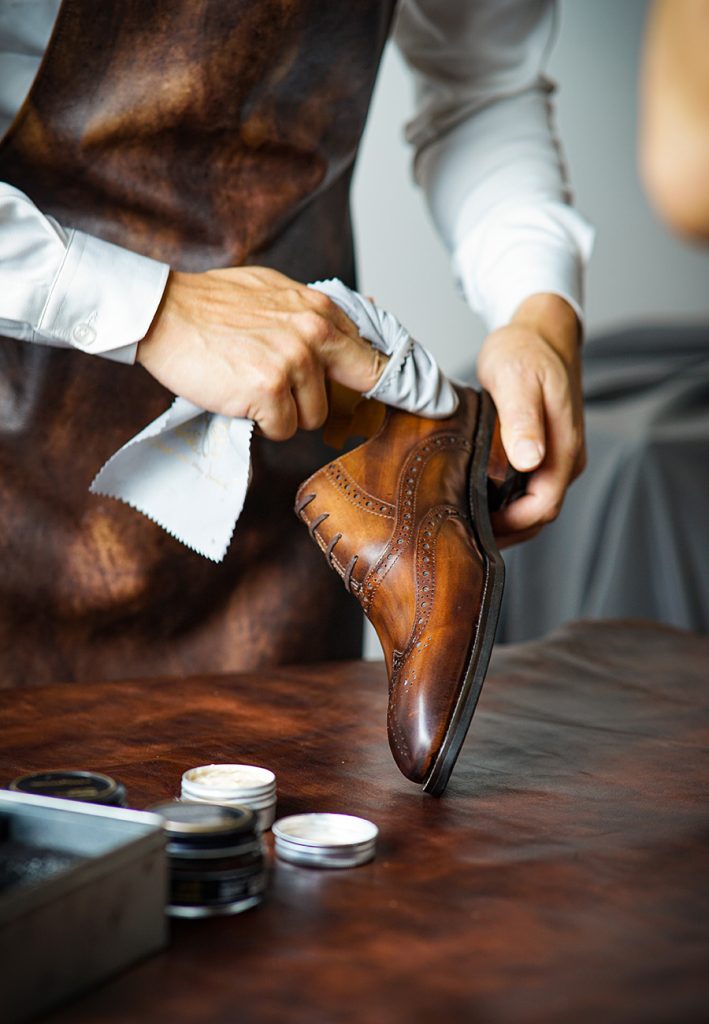
Not all leather is the same. Knowing what you’re working with prevents mistakes.
Common dress-shoe leathers and how they behave
- Full-grain leather — top layer of the hide; strong, develops attractive patina with conditioning. Accepts polish well.
- Corrected-grain / coated leather — surface has been buffed/treated; holds color but may not take a deep patina.
- Suede / nubuck — brushed fibers; sensitive to water and polish, requires special brushes and sprays.
Leather responds differently to moisture and products: smooth, full-grain leather tolerates light cleaning with glycerin-based saddle soaps and specialist cleaners; suede needs dry cleaning and suede erasers. For smooth leather cleaning and polishing we rely on established industry guidance from makers like Saphir and Leather Honey.
Table — Leather types at a glance
| Leather type | Water reaction | Best basic approach |
| Full-grain smooth | Repels light moisture; can darken when wet | Clean → condition → polish |
| Corrected/coated | Often water resistant; surface layer may crack if over-polished | Gentle cleaner; sparing conditioner |
| Suede / nubuck | Absorbs quickly; stains easily | Dry brushing → suede cleaner → protector spray |
What NOT to use
- Household cleaners (Windex, bleach) — they strip oils and can remove finishes.
- Direct heat (hair dryers, radiators) — leather shrinks and cracks.
- Too many “quick shine” sprays — they can build up wax and clog pores.
Step-by-Step Cleaning Routine
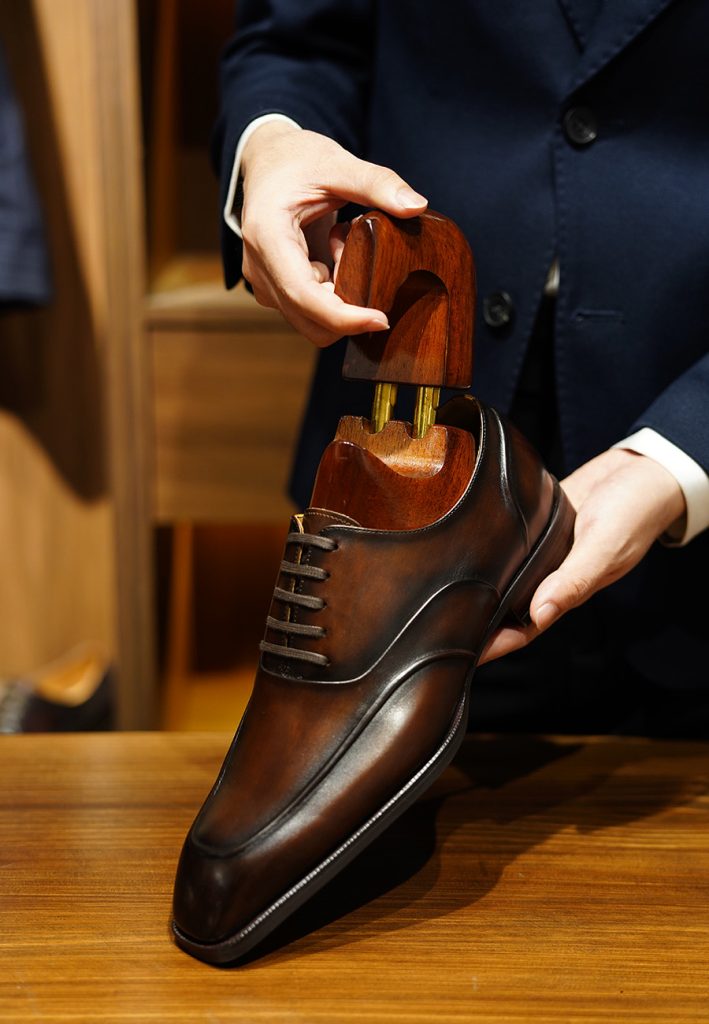
Below is our recommended routine for smooth leather dress shoes and boots. If you have suede, see the FAQ at the end.
Preparing the shoe
- Remove the laces and any inserts.
- Insert a cedar shoe tree if the shoes are dry — this keeps shape while you work. Cedar shoe trees absorb moisture and help prevent odor; they’re a small investment that pays back in lifetime of good shape.
- Use a soft horsehair brush to remove surface dust and dry dirt.
Table — Prep checklist
| Item | Purpose |
| Laces removed | Prevents uneven polish |
| Cedar shoe tree | Shape + moisture absorption |
| Horsehair brush | Remove loose dirt before wet cleaning |
Cleaning the leather
- For light dirt: a damp (not wet) lint-free cloth is enough. Wipe in small circles.
- For built-up grime or old polish layers: use a glycerin-based saddle soap or a modern leather cleaner. Work a small amount into the leather with a cloth or a soft brush, then wipe away residue. Avoid oversaturating the leather — we repeat: never soak the leather. Expert shoemakers recommend cleaning products designed for leather rather than household soaps.
Quick guide — Cleaner choice
| Issue | Product type |
| Dirt & salt residue | Vinegar/water (1:1) for spot first, then leather cleaner. |
| Old wax buildup | Saddle soap / glycerin soap |
| Oily stains | Specialized degreaser or professional service |
Short case study: A client sent us a pair that had white winter rings — road salt. We first brushed off crystals, applied a 1:1 white vinegar/water solution on a cloth to neutralize salt, then used a gentle leather cleaner and conditioned overnight. The grain relaxed and the white rings disappeared without bleaching the dye. (This vinegar method is recommended by several home-care authorities for salt stains.)
Conditioning and moisture control
- After cleaning, allow shoes to dry naturally (at room temperature, away from direct heat).
- Apply a thin coat of good-quality leather conditioner — never pour the conditioner directly onto the shoe. Use a cloth and work evenly. Conditioners restore oils that drying wears away; Leather Honey and similar conditioners soak in and prevent cracking when used moderately.
Table — Conditioning cadence
| Wear level | Recommended conditioning |
| Regular office wear (2–3 days/week) | Conditioning every 6–8 weeks |
| Heavy winter use | Conditioning monthly during season |
| Rare use | Condition before long storage |
Polishing for protection and shine
- Match polish color to the leather (or use neutral).
- Apply a thin, even coat of cream or wax polish.
- Let it dry for a few minutes, then buff with a horsehair brush and finish with a soft cloth for a mirror shine.
We recommend creams for restoring color and wax for protection. For professional finishes (patina, glazing), or if your pair is a Hengxin patina model, follow the specific finish guidance on the product page to protect the hand-colored layers.
Long-Term Shoe Care Habits
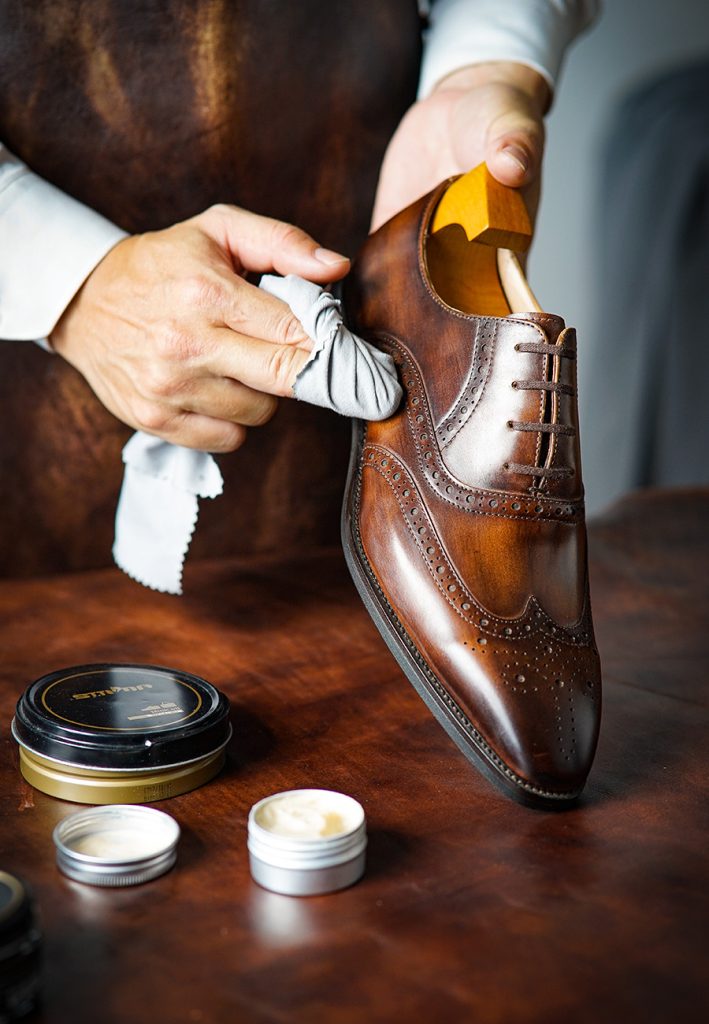
Caring for leather isn’t a one-off; it’s habits.
Storage and rotation
- Use cedar shoe trees after every wear if you can; they pull moisture out and prevent toe-curling. (Yes, really — cedar trees make a difference.)
- Rotate your shoes. Wearing the same pair every day shortens their life because moisture and compression don’t have time to recover.
Table — Rotation strategy
| Number of pairs owned | Rotation plan |
| 1–2 | Rest 48 hours between wears |
| 3–5 | Rotate daily for even wear |
| 6+ | Match shoe to occasion; rest time naturally increases |
Seasonal maintenance
- Rainy/winter months: Use a dedicated waterproofer or Saphir Winter care products to neutralize salt and protect the leather. If wet, stuff with newspaper (for absorbency) and cedar shoe trees after the outer surface dries.
- Heat and summer: Keep shoes out of direct sunlight to avoid dye fading and drying.
When to call a professional
Deep cracks, separated linings, or sole-edge damage should go to a trained cobbler. Goodyear-welted footwear is designed to be resoled, and a cobbler can replace soles many times over the shoe’s life. Leaving these issues untreated accelerates permanent failure.
Conclusion: Care Today, Quality Tomorrow
We believe great leather rewards simple, repeatable care. Whether you wear our Hengxin Goodyear-welted Oxfords to boardrooms or black-tie events, the basics — clean, condition, polish, and store properly — will keep them performing and looking their best. Make maintenance a small ritual, not a chore: a ten-minute evening routine once a week will protect hundreds of walking hours.
Ready to give your pair the attention they deserve? Visit our materials page to learn about the leathers we use and how they respond to care, or see specific product care notes on individual models.
Call to action: Explore our maintenance kits and cedar shoe trees, or get a consultation for professional restoration — because great shoes are worth a great routine. We’ll walk with you.
FAQ
How often should I clean my leather shoes?
For light office wear, dust and wipe weekly; a deeper clean plus conditioner every 6–8 weeks. Heavy or winter use needs more frequent attention.
How do I remove salt or water stains from leather boots?
Brush off crystals, then wipe with a 1:1 solution of white vinegar and water. Follow with a leather cleaner and conditioner to restore oils. Avoid scrubbing harshly.
What is the best leather shoe cleaner?
We recommend glycerin-based saddle soaps or specialist cleaners from established brands (e.g., Saphir) for smooth leathers; Leather Honey and similar conditioners are good for restoring oils. Always spot tests.
How do I keep leather shoes from cracking?
Routine conditioning, avoiding direct heat, and using cedar shoe trees after wear are the core defenses. If cracks are deep, see a cobbler before the damage spreads.
How can I make my leather shoes shine like new?
Clean, condition, then apply cream for color and wax for protection. Buff in stages — horsehair brush, then soft cloth. For a high gloss, finish with small circular motions and patience. A mirror shine is a craft; it rewards repetition.
